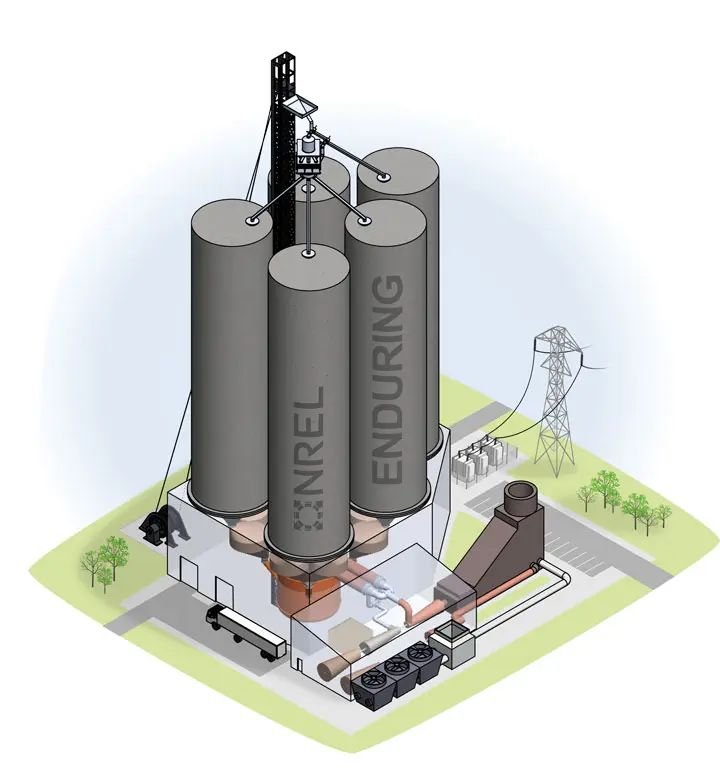Renewable energy sources such as solar and wind are changing the way we power our buildings, industries, and grid; yet, they are intermittent, and we want continuous electricity even when the sun goes down or the wind dies down.
As a result, energy storage is important to maintaining continuous electricity and allowing energy producers to maximize on moments of over-generation on bright (or windy) days.
Lithium-ion batteries are the market leader for short-duration energy storage, however they are not cost effective for extended periods of time.

Researchers at the National Renewable Energy Laboratory (NREL) are in the final phases of prototyping a game-changing new thermal energy storage device that employs affordable silica sand as a storage medium to solve this energy storage problem.
Economic Long-Duration Electricity Storage Using Low-Cost Thermal Energy Storage and High-Efficiency Power Cycle (ENDURING) is a scalable, dependable, and cost-effective system that may be located anywhere.
ENDURING heats a thermal storage medium — silica sand — with excess solar or wind energy. Particles are heated to 1,200°C by passing them through an array of electric resistive heating devices (imagine pouring sand through a giant toaster).

The heated particles are then gravity-fed into insulated concrete silos to be stored for thermal energy. The basic system is intended for the cost-effective storage of up to 26,000 MWh of thermal energy. Storage capacity may be easily scaled up or down using modular architecture.
Particle thermal energy storage systems may be built using infrastructure from decommissioned coal and gas power stations. Traditional four-hour storage solutions do not scale well to the grid or to the city size. This technique makes a lot of sense now that we require large-scale energy storage.
Reference- NERL website and newsroom, Clean Technica






